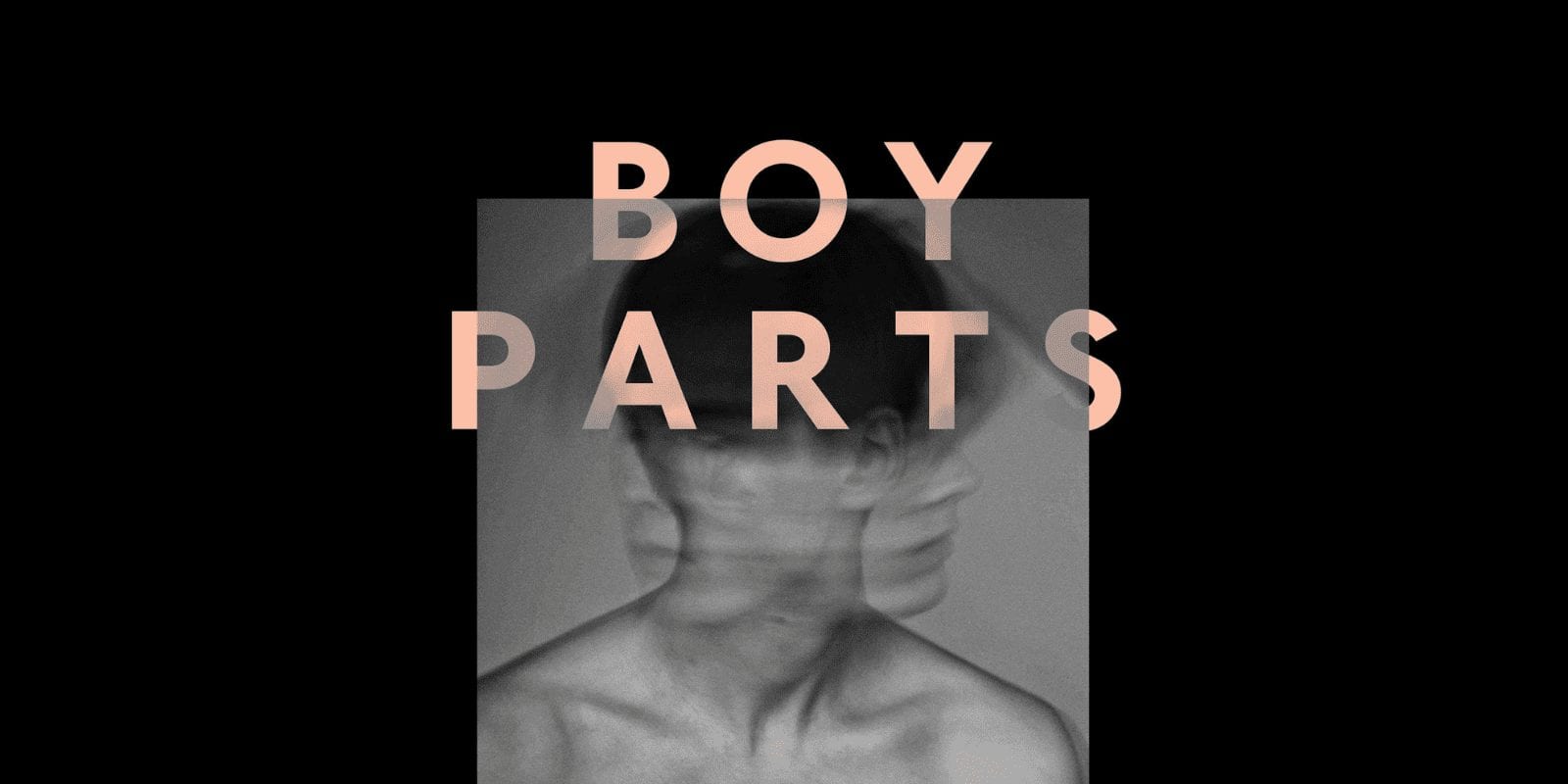Trigger warning: rape, assault
Let’s play a word association game, shall we. If I say ‘model’, what’s the first thing that comes to your mind? Perhaps you think of a tall, leggy Victoria’s secret model. Maybe you think of transgender model Munroe Bergdorf and her racism row with L’Oreal. Or maybe your mind goes to Canadian fashion model, Winnie Harlow, whose vitiligo gives her a particularly memorable face. In any case, I’m guessing the image that came to mind was of an attractive woman.
And you could hardly be blamed for having such a response; the modelling industry has been associated predominantly with women since its inception in 1853, when Charles Frederick Worth, the “father of haute couture”, asked his wife, Marie Vernet Worth, to model clothes he’d designed. And, typically, the person on the other side of the camera to the model has been a man; we know from the Hollywood #MeToo scandal how that power dynamic has often worked out.
Indeed, in September 2020, the model and actress Emily Ratajkowski published a harrowing essay titled: ‘Buying Myself Back: When does a model own her own image?’. In it, she details the night she was assaulted by the photographer Jonathan Leder, who profited from “the most revealing and vulgar Polaroids” he had taken the night of her assault. In Eliza Clark’s fictional Boy Parts (2020), however, it is a female character profiting from the abuse of her male subjects.
Clark takes the ‘typical’ relationship dynamic between female model and male photographer and flips it on its head. In doing so, she provokes the reader to reflect on issues of contemporary sexuality and gender that have grown louder and louder in recent months, particularly with recent backlash to Harry Styles’ November 2020 Vogue cover shoot, where he is pictured wearing a dress.
In Boy Parts, Clark’s female protagonist Irina photographs average-looking men scouted from the streets of Newcastle in an incredibly clever black-comedy that, as the narrative develops like a polaroid picture, reveals itself to be an acerbic portrait of female trauma and toxic masculinity. Clark’s novel puts the class stratifications and power structures of the art world under the microscope, as Irina zooms into moments in her life where she has endured unspeakable things, flicking back through her old projects after she is asked to submit work for an upcoming gallery installation.
Clearly reeling from childhood sexual trauma at the hands of both men and women, Irina has – like so many before her – become an abuser herself. Her main victims are the innocent and physically non-threatening “Eddie from Tesco”, who stands at just 5”5 and drives his Mum’s old Micra, as well as her female friend and former lover, Flo, who Irina blows hot and cold with over the course of the book, in a typical pattern of narcissist abuse. And of course, there’s the homeless man who should think himself lucky to be photographed by someone as talented as Irina, too.
Consent has become part of mainstream discourse, with universities leading consent workshops and Prime Minister Boris Johnson taking part in training on sexual harassment earlier this year. So perhaps it’s unsurprising that we are seeing more and more authors exploring the “grey” areas where one or more characters are left with a sinking feeling in the bottom of their stomach that something wasn’t OK about a sexual encounter; from a non-consensual blowjob in Holly Bourne’s How Do You Like Me Now? (2019) to Sally Rooney’s Normal People (2018), where Marianne is studying abroad in Sweden and has a BDSM relationship with Lukas, who forces Marianne to pose for him naked and tied-up, the camera lingering on the bruises on her wrists. When Marianne begs him to stop, Lukas ignores her. “You asked for this,” he says. But while these novels look at females harmed by men not respecting their consent, in Boy Parts it is Irina who ignores Eddie from Tesco’s evident discomfort as she violates his boundaries in the way that others have repeatedly violated her.
Abuse in the fashion and art industry is rife, with countless stories of predatory photographers luring young men and women into their ‘studios’ where they are asked to undress and then the unthinkable happens. Eliza Clark’s Boy Parts is an electrifying look at the relationship between photographer and subject, which turns the more typical gender and power dynamic on its head and in doing so asks some fundamentally feminist questions about sex, gender and power.
Clark’s hypnotically dislikeable protagonist Irina has the repulsiveness of Ottessa Moshfegh’s unnamed narrator in My Year of Rest and Relaxation (2018) combined with the sex appeal and psychological instability of Bret Eaton Ellis’ Patrick Bateman in American Psycho (1991). The debt to Eaton Ellis is most obvious in the scene where Irina has dinner with sugar-daddy character “Uncle Stephen” and glasses him, with the clientele of the high-end establishment they are in seeming more concerned about whether they’ll get comped for the inconvenience caused to their evening than the man bleeding in the corner. But obvious literary debts aside, Boy Parts is still an incredibly thrilling read – certainly one for the Christmas wish list, as that time of year rapidly approaches.
Rating: 9/10
Words by Beth Kirkbride
Support The Indiependent
We’re trying to raise £200 a month to help cover our operational costs. This includes our ‘Writer of the Month’ awards, where we recognise the amazing work produced by our contributor team. If you’ve enjoyed reading our site, we’d really appreciate it if you could donate to The Indiependent. Whether you can give £1 or £10, you’d be making a huge difference to our small team.
